During the annual lenten period, many Christians abstain from meat on Fridays. There are so many dishes you can make when meat is off the table, like
sheet-pan spanakopita quesadillas (heck yes!), creamy kale gnocchi bake, and paella verdura. Capirotada, also known as Mexican bread pudding, is often served during the lenten period, specifically on Good Friday. Sweet AND savory, this bread pudding has to be tried to be believed—here’s everything you need to know:
The significance of capirotada:
In Mexican culture, capirotada is a popular casserole-style dish that evokes religious significance during the Easter holiday. The ingredients are symbolic of Christ: the bread represents his body, the syrup represents his blood, the cloves represent the nails on the cross, and the cinnamon sticks represent the wood of the cross. That being said, you don’t have to enjoy this dish only during the Easter season; we love it all year-round.
What are the ingredients in capirotada?
For this recipe, there’s no need to break out the eggs and cream. This type of bread pudding is all about the sweet spiced syrup. Combine water, piloncillo or brown sugar, and whole spices in a pot of water and steep. The liquid shouldn’t be too thick so the bread can easily absorb it.
This bread pudding is commonly made with bolillo bread, which look like small rolls. French bread can also be used in place of these. You can dry out the bread or use day-old bread. Piloncillo is a form of sugarcane that can be replaced by brown sugar. Some may refer to it as Mexican brown sugar. For the cheese, queso añejo is the popular choice here, but Monterey Jack could be a substitute. If you’d like, raisins, onions, bananas, walnuts, and almonds can be incorporated too.
Can you make this ahead?
You can assemble the casserole and store in the refrigerator overnight. The bread pudding can also be baked ahead of time and stored in the refrigerator for up to 5 days.
Did you make this recipe? Let us know in the comments below!



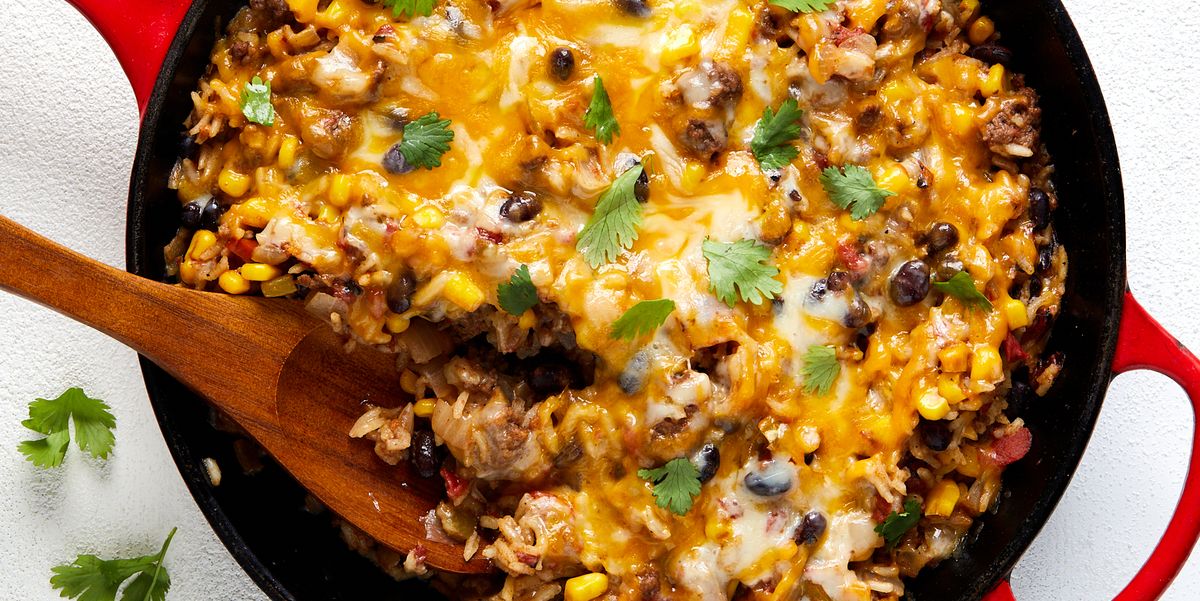

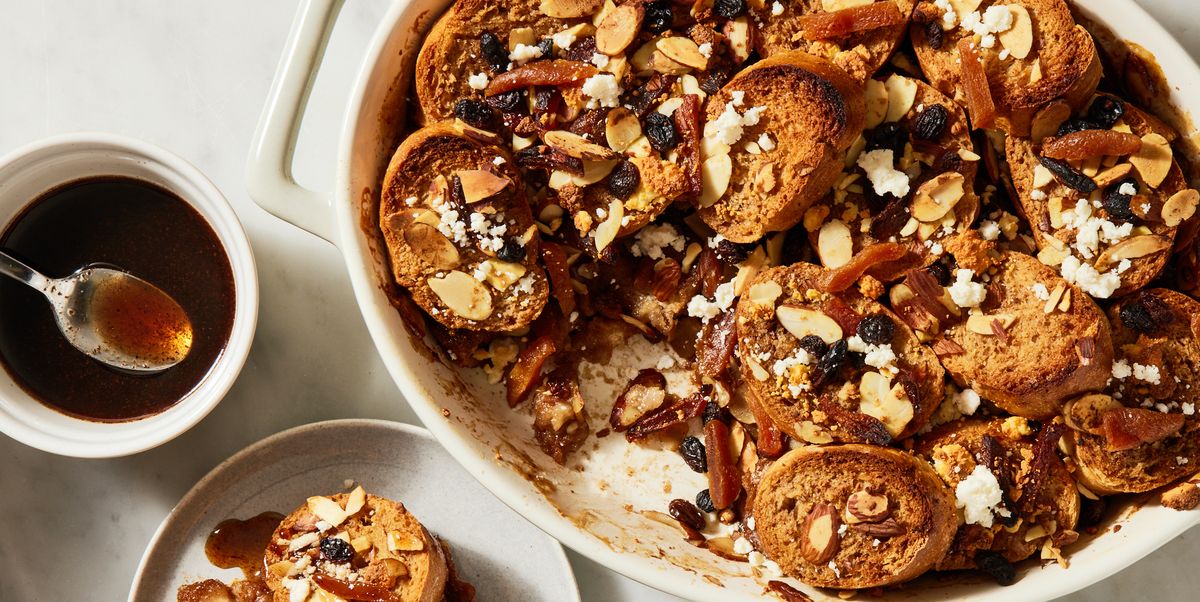
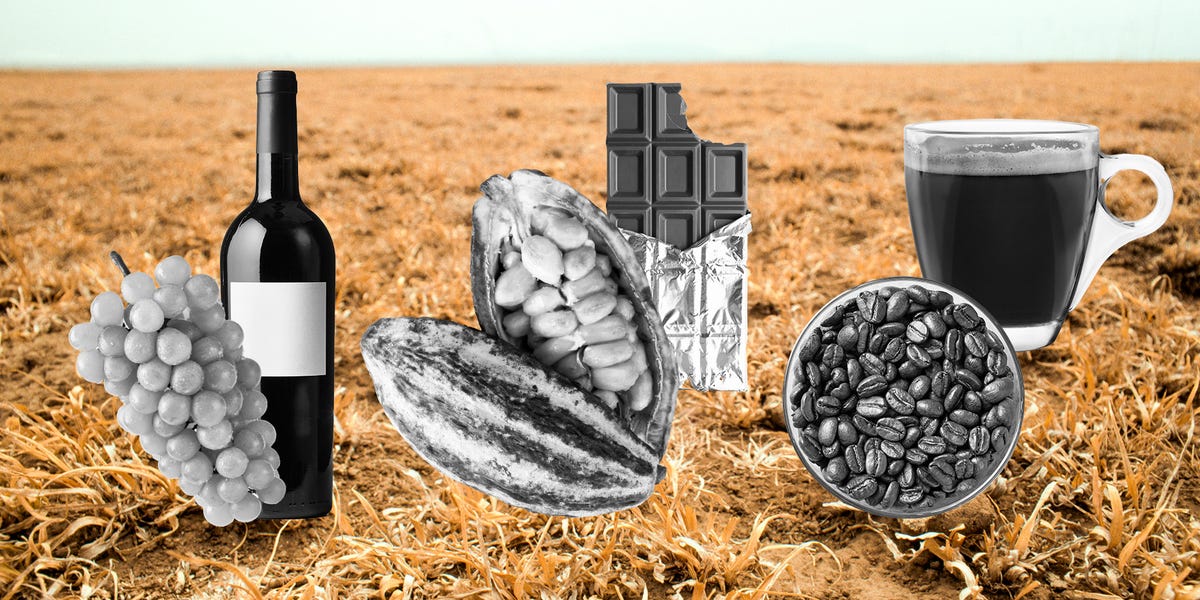







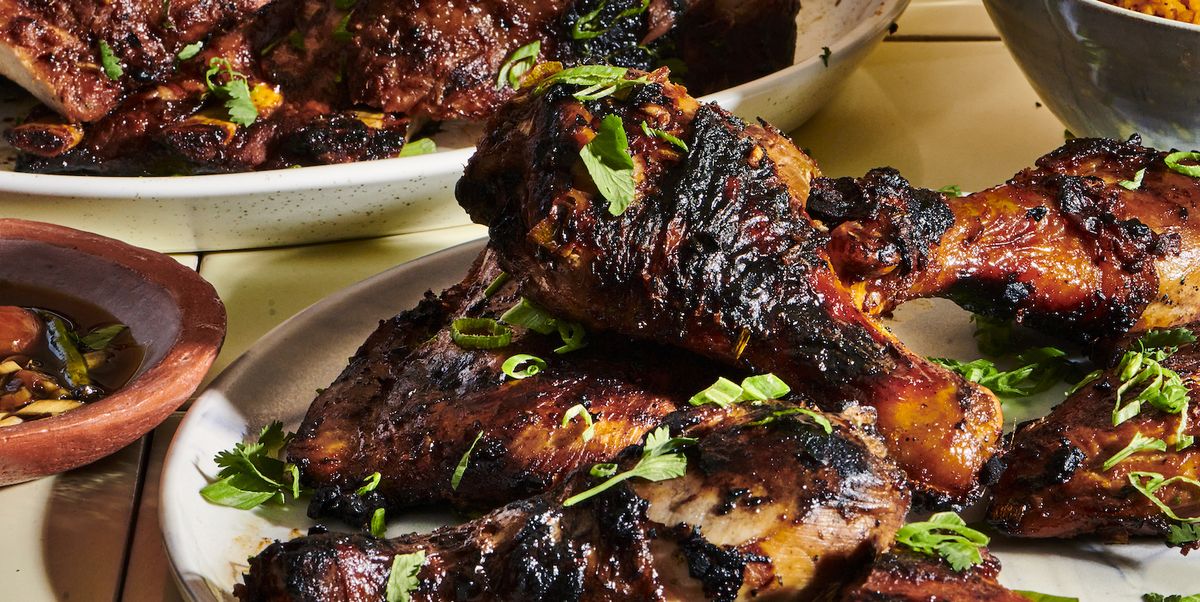
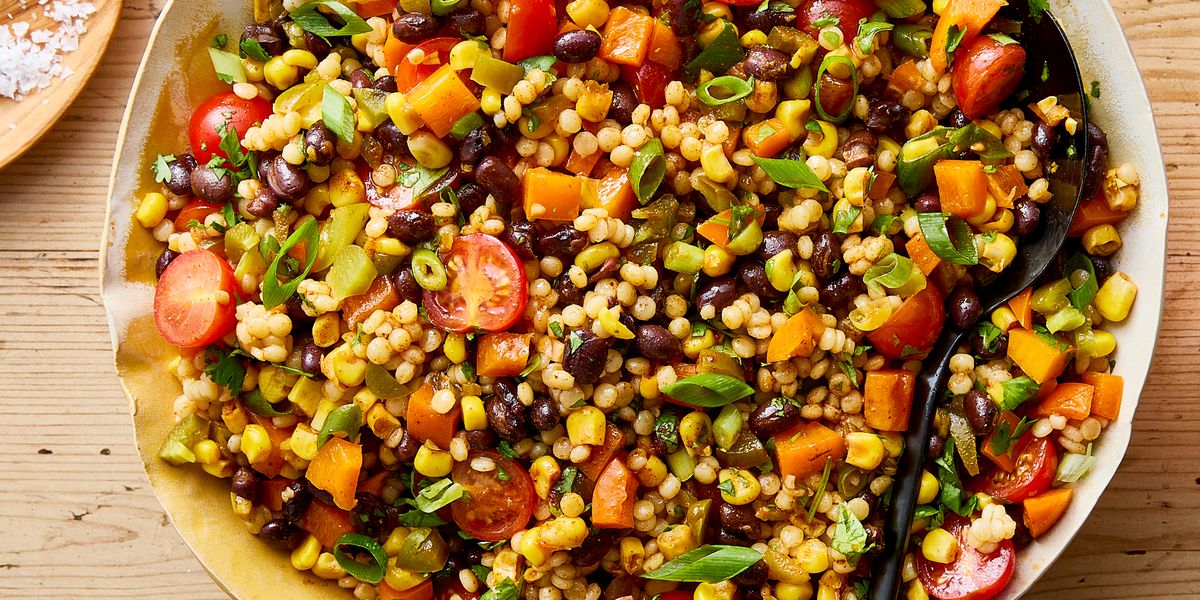



Leave a Reply